16 Trends That Started in the 1940s But Still Influence Fashion Today
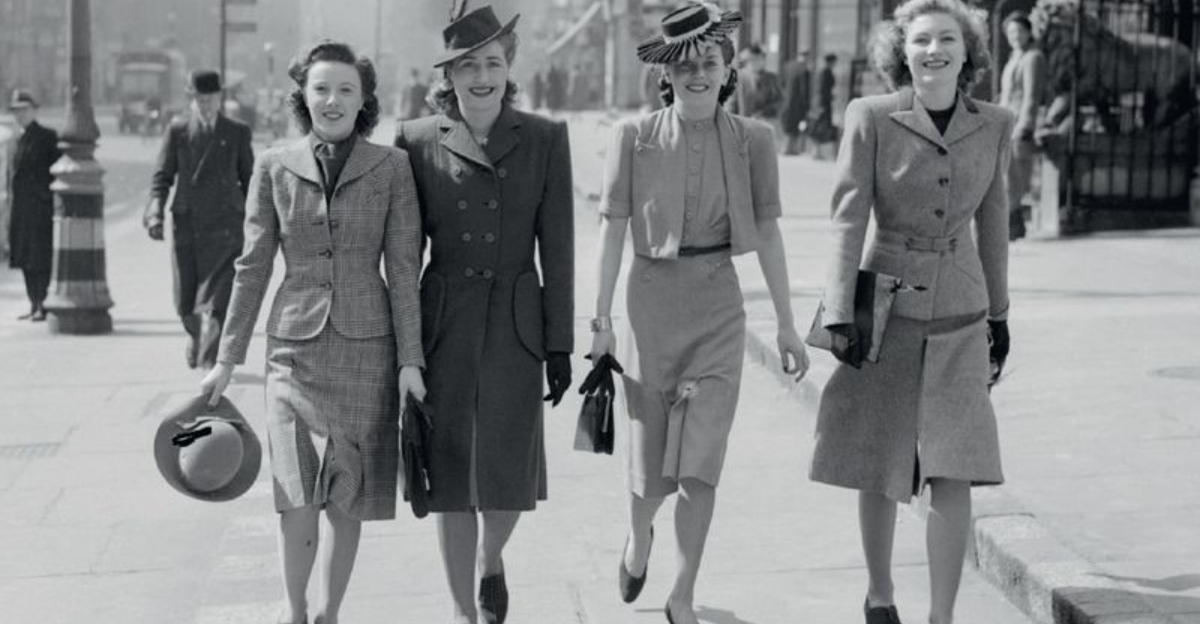
The 1940s wasn’t just about World War II. It was a revolutionary decade for fashion. Despite fabric rationing and practical constraints, designers and everyday people created styles that would stand the test of time.
From military-inspired looks to elegant silhouettes, these 1940s fashion innovations continue to walk modern runways and fill our closets today.
1. The Practical Peplum
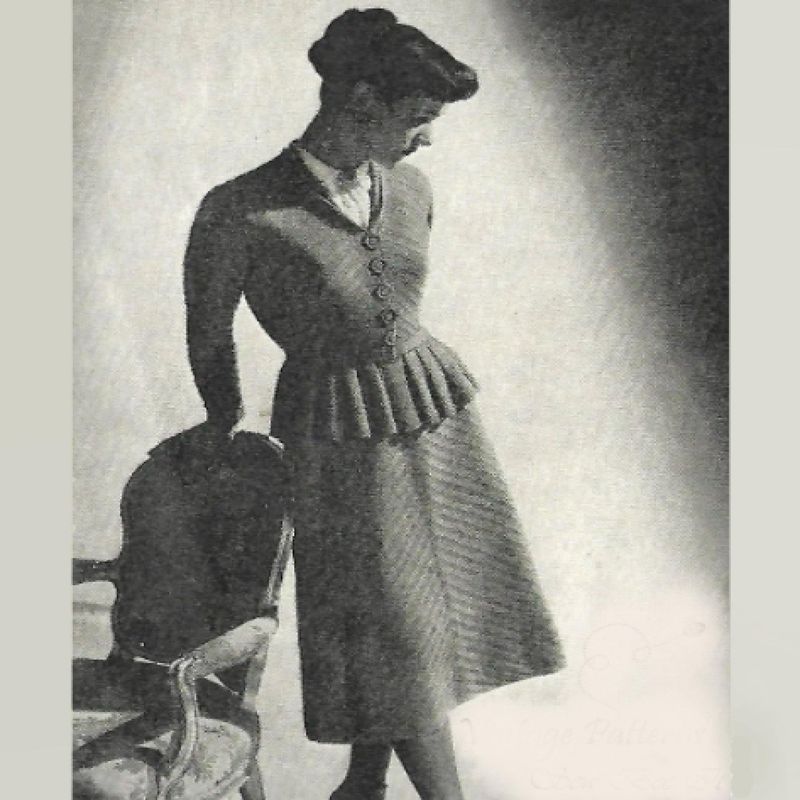
Nipped-in waists with flared fabric below—peplums added flair during fabric-rationed times. These clever design elements created an hourglass silhouette while using minimal material.
Modern designers from Jil Sander to Dior regularly revive this flattering detail on blazers, dresses, and tops. The peplum’s ability to accentuate curves while providing a structured look makes it a perennial favorite.
2. Square Padded Shoulders
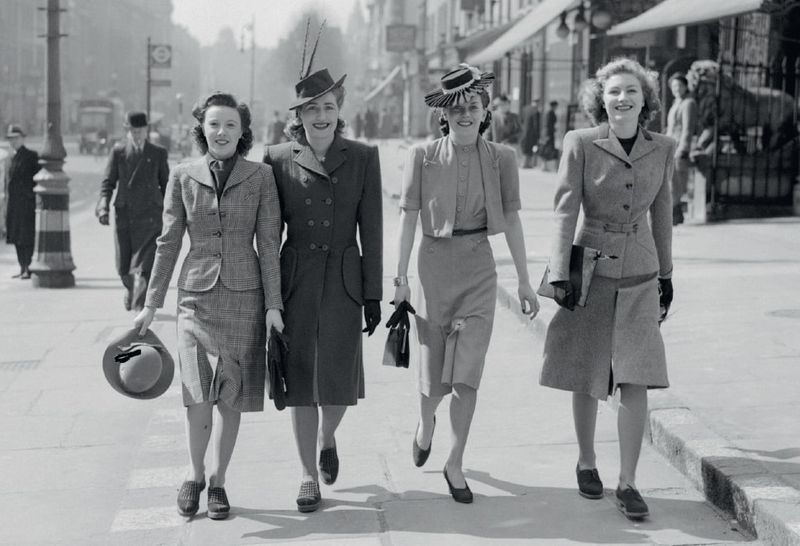
Power dressing wasn’t invented in the 1980s—it started with the bold, squared shoulders of 1940s suits. Women entering the workforce during wartime adopted these strong silhouettes as symbols of capability and strength.
Today’s designers like Saint Laurent and Balenciaga continue to play with exaggerated shoulders to create commanding looks. The subtle padding in modern blazers is a direct descendant of this wartime innovation.
3. High-Waisted Trousers
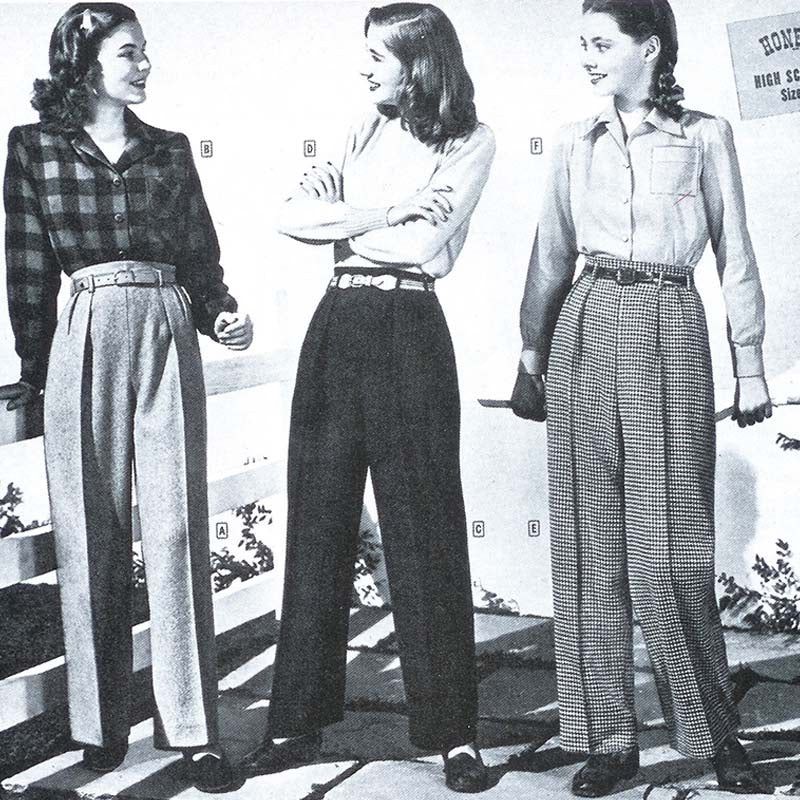
Forget low-rise jeans—the high-waisted pants of the 1940s offered both practicality and polish. Men’s trousers sat naturally at the waist, creating a clean, elongated silhouette that flattered nearly everyone.
Walk through any fashion district today and you’ll spot this vintage-inspired cut everywhere. Modern designers have embraced the flattering proportions of high-waisted styles, adding contemporary details while maintaining that classic rise that visually lengthens the legs.
4. Slingback Heels
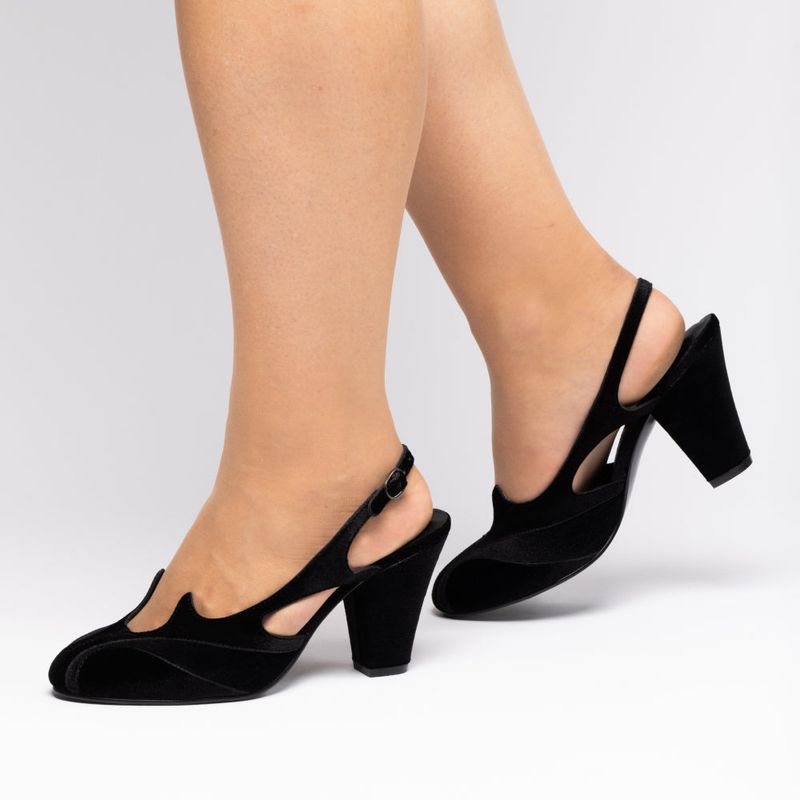
Wartime leather shortages sparked creativity, and slingback heels emerged as the perfect solution. These open-backed shoes used less material while maintaining elegance and support.
Fast forward to today, and slingbacks remain a workwear staple. This practical yet chic footwear option continues to click-clack through office hallways and fancy restaurants alike.
5. Utilitarian Jumpsuits
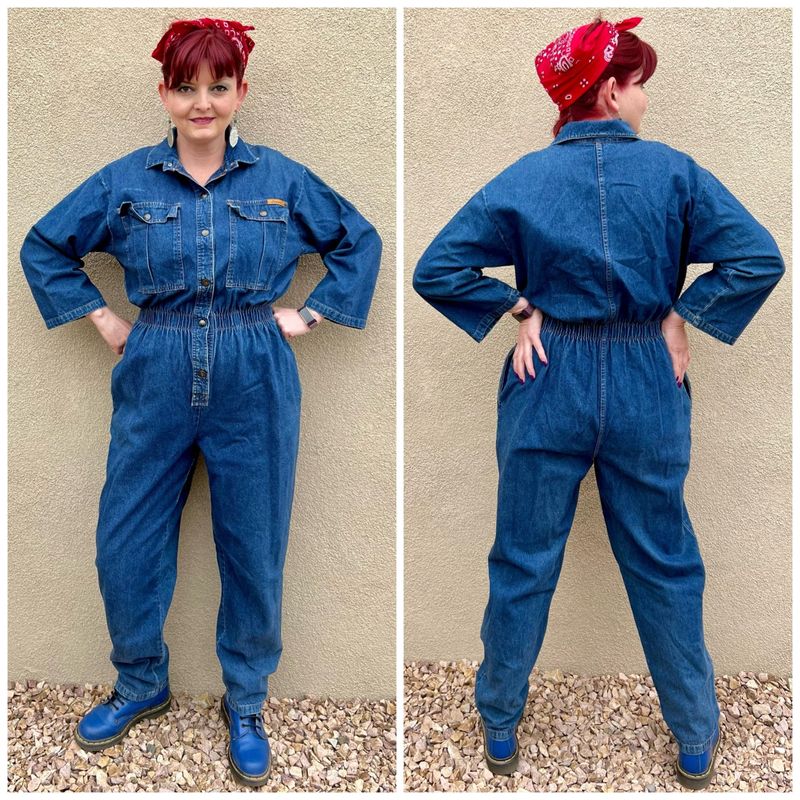
Rosie the Riveter didn’t just inspire women—she revolutionized their wardrobes! The practical jumpsuits worn by female factory workers during WWII combined function with surprising style.
Today’s fashion scene embraces jumpsuits as statement pieces rather than mere workwear. From casual denim versions to elegant evening alternatives, the one-piece wonder has evolved while maintaining its roots in 1940s practicality and ease of movement.
6. Platform Shoes
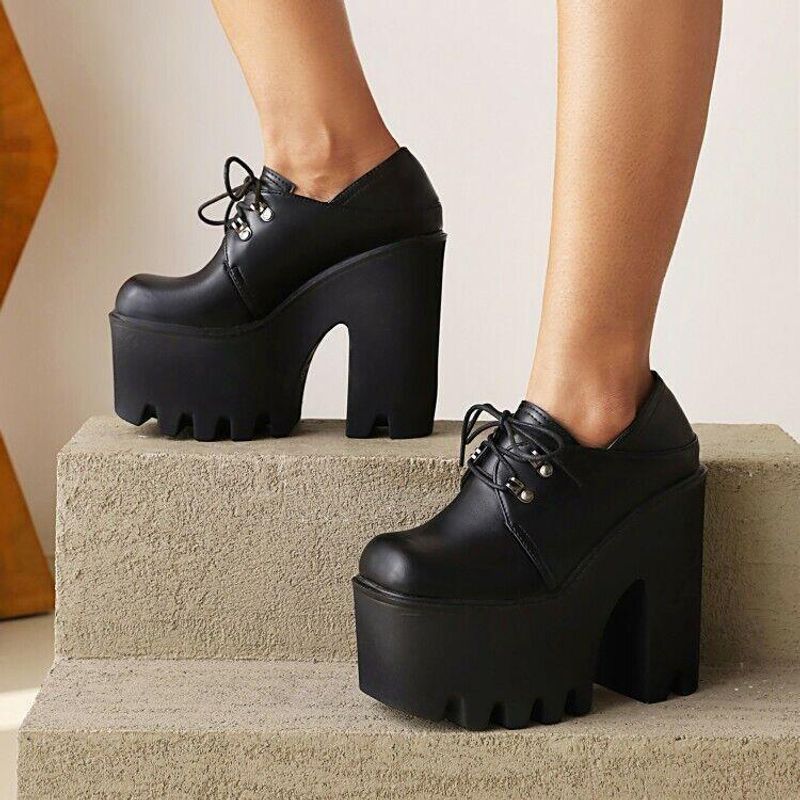
Cork and wooden soles stepped into fashion during the 1940s, offering height without using precious rubber and metal needed for the war effort. These clever alternatives created the platform shoe trend that’s been stomping through fashion ever since.
Contemporary designers frequently revisit platform styles, from Stella McCartney’s sustainable versions to chunky street styles. The practical height boost and distinctive silhouette remain as appealing today as they were during rationing.
7. The Structured Handbag
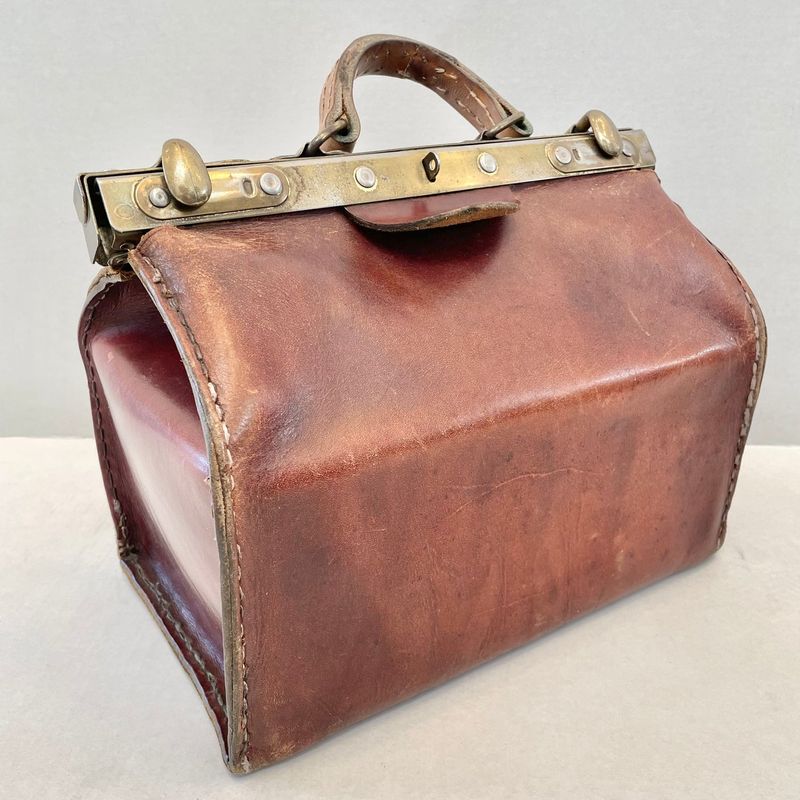
Boxy, practical, and perfectly poised—the structured handbags of the 1940s carried wartime essentials with military precision. These geometric accessories featured clean lines and functional clasps, often crafted from alternative materials during leather shortages.
Look at today’s luxury market and you’ll find the DNA of these bags everywhere. Modern structured bags maintain that architectural quality first popularized during the austere wartime era.
8. Ballet Flats
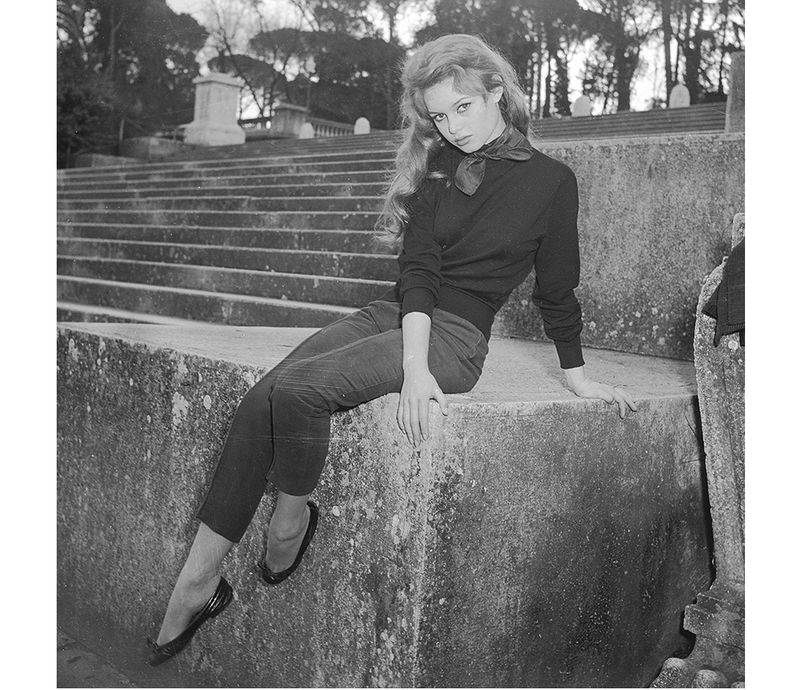
When wartime rubber shortages hit, practical women turned to ballet-inspired footwear as everyday solutions. These comfortable, minimal shoes borrowed from dance studios to create versatile footwear that used little material.
The ballet flat revolution continues today through brands like Repetto and Tieks. These shoes have transcended their practical origins to become fashion staples, offering comfortable elegance for everything from office wear to weekend adventures.
9. Victory Rolls

Victory rolls kept hair safely away from factory machinery while nodding to military aircraft maneuvers with their distinctive shape.
Modern rockabilly enthusiasts have fully embraced this vintage style, while subtle versions appear in contemporary updos.
Even runway hair often features rolled elements that trace directly back to these practical yet glamorous 1940s creations.
10. The Trench Coat

Military precision met civilian style when trench coats marched from battlefields into everyday wardrobes. These practical garments offered weather protection with unmistakable polish during uncertain times.
Burberry may have created the trench earlier, but the 1940s cemented its status as a fashion essential. Today’s versions maintain the epaulets, storm flaps, and belted waists that make this coat instantly recognizable and eternally stylish.
11. Tea-Length Skirts
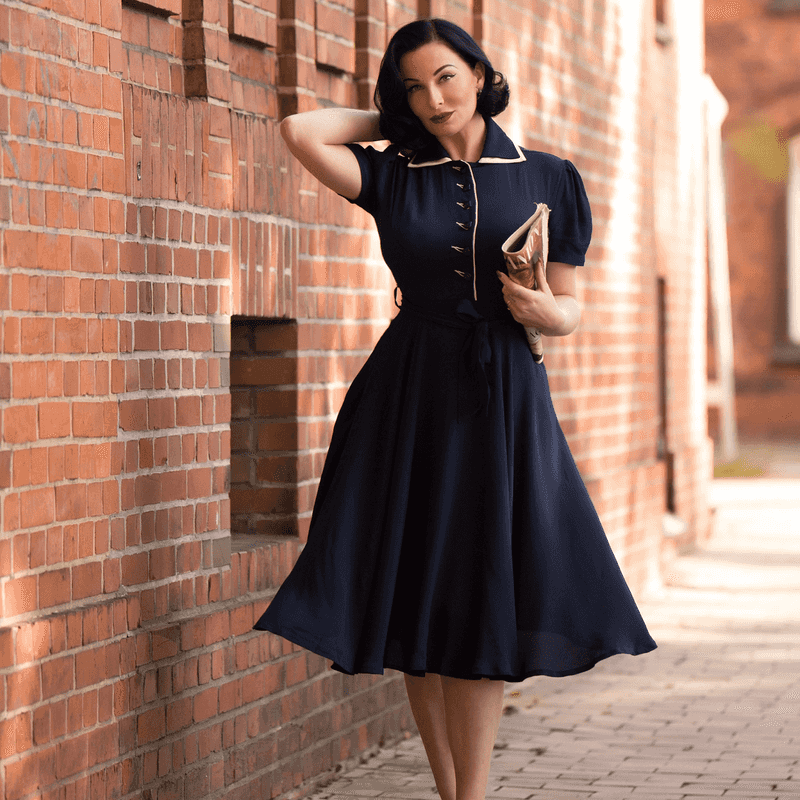
Falling gracefully between knee and ankle, tea-length skirts emerged as the perfect compromise between fabric conservation and feminine style. The modest yet flattering length created an elegant silhouette even amid wartime restrictions.
Modern red carpets and bridal collections frequently showcase this versatile length. Contemporary designers appreciate how tea-length skirts offer sophistication while allowing movement and showcasing statement shoes.
12. Sweetheart Necklines
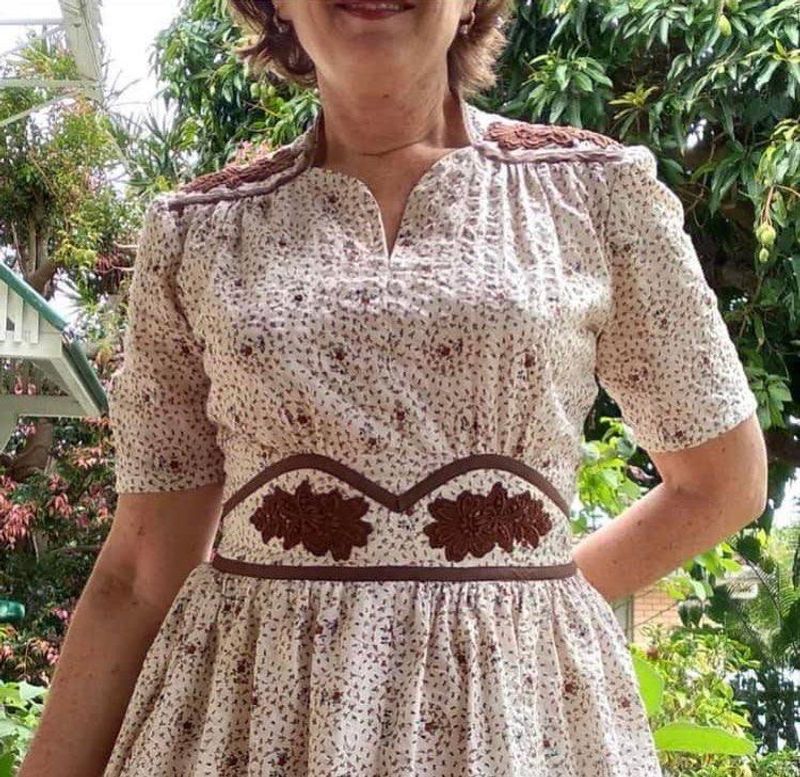
Hearts weren’t just for Valentine’s Day in the 1940s—they inspired one of the decade’s most flattering necklines. The sweetheart cut created feminine curves while using minimal fabric, making it perfect for rationing-era fashion.
Today’s designers continue to embrace this universally flattering shape. From wedding gowns to casual tops, the gentle curves of a sweetheart neckline draw attention to the collarbone and frame the face beautifully.
13. Peep-Toe Shoes
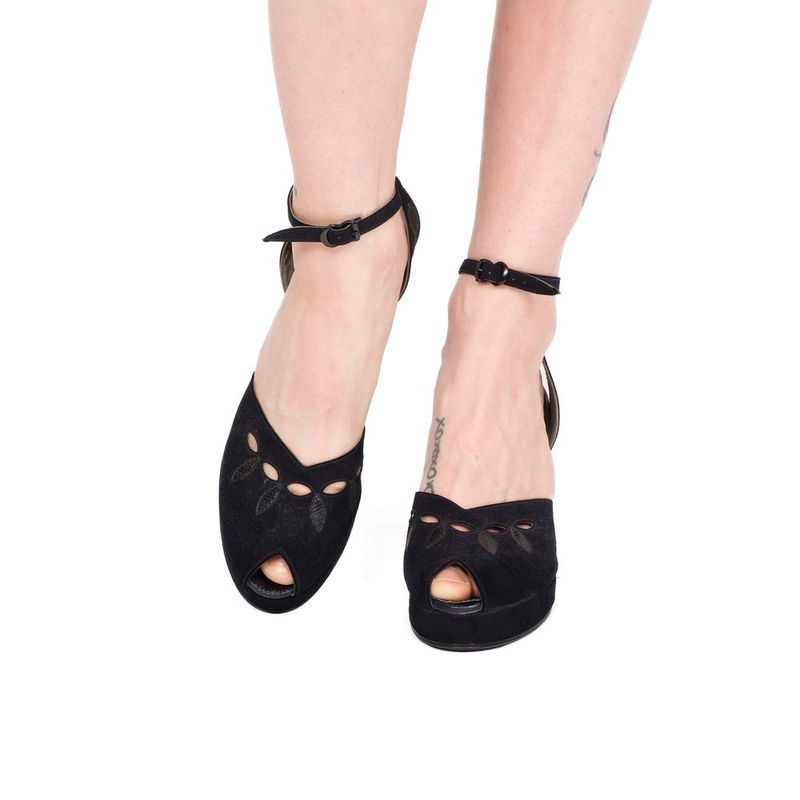
Showing just a hint of toe became fashionably daring during the conservative 1940s. These subtly sexy shoes offered a compromise between closed pumps and sandals, perfect for office-to-evening transitions.
Modern shoe designers from Christian Louboutin to Manolo Blahnik continue to incorporate peep-toe styles in their collections. The small opening creates visual interest while maintaining sophistication—a balance first mastered during the wartime era.
14. Turbans and Head Wraps
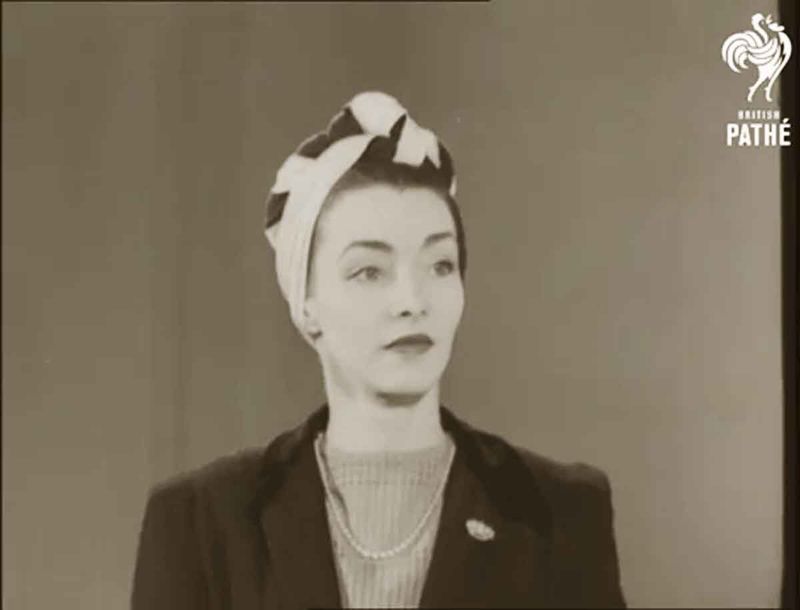
Fabric shortages and factory work created the perfect environment for creative headwear. Women wrapped scarves into turbans not just for style but to protect their hair during manufacturing jobs.
Today’s runways regularly feature luxurious interpretations of these practical head coverings. Designers continue to reinvent turbans and head wraps as statement accessories that nod to their utilitarian past.
15. Brooches and Pins
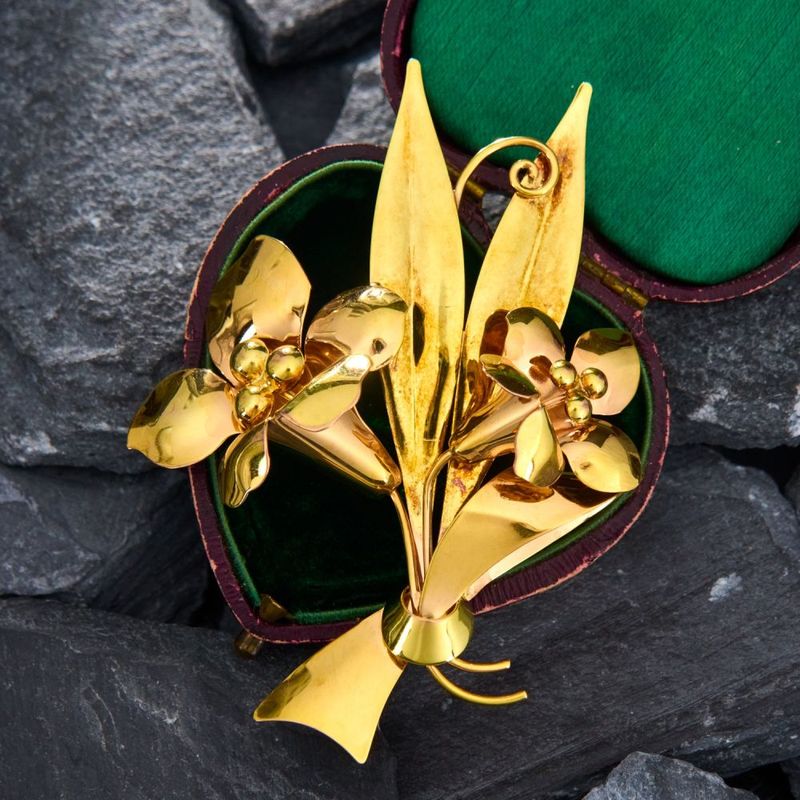
Jewelry rationing sparked a creative accessory revolution with brooches taking center stage. These versatile decorative pins added personality to simple outfits while using minimal precious metals. Contemporary fashion houses like Chanel continue to produce statement brooches.
Modern fashionistas use these decorative elements to personalize jackets, sweaters, and bags—proving that wartime ingenuity created lasting style solutions that transcend their practical origins.
16. The Pencil Skirt

Straight, narrow, and utterly sophisticated—the pencil skirt emerged from 1940s fabric conservation efforts. Designer Christian Dior later named and popularized this slim-fitting style that used minimal material while maximizing elegance.
Office wardrobes worldwide still center around this practical yet flattering silhouette. From corporate boardrooms to creative workspaces, the pencil skirt’s ability to convey professionalism while highlighting the feminine form ensures its continued relevance.
